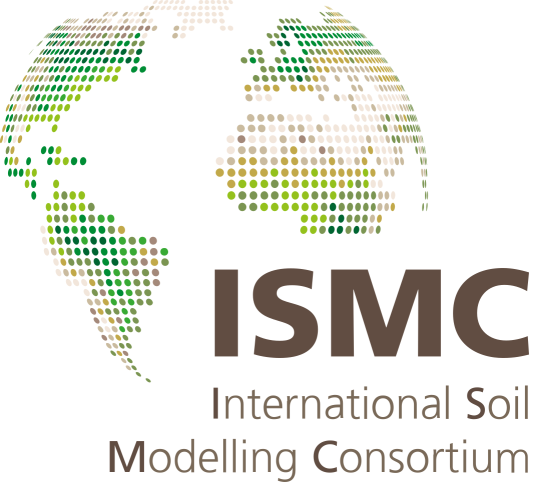The role of soil hydro-physical properties in the atmospheric water cycle
- Cooperative Institute for Satellite Earth System Science, University of Maryland, College Park, MD, USA (edennis@umd.edu)
Soil hydro-physical properties are necessary components in regional climate simulation; yet, the parameter inaccuracies introduce uncertainty in the representation of surface water and energy fluxes leading to differences in land-atmosphere interactions, and precipitation. This study examines the uncertainties in the North American atmospheric water cycle that result from the use of different soil datasets. Two soil datasets are considered: STATSGO from the United States Department of Agriculture and GSDE from Beijing Normal University. Each dataset's dominant soil category allocations differ significantly at the model's resolution. Large regional discrepancies are found in the assignments of soil category, such that, for instance, in the Midwestern US (hereafter, Midwest), there is a systematic reduction in soil grain size allowing the impacts of the differing assignments to project onto regional scales.
The two simulations are conducted from June 1–August 31, 2016–2018 using the Weather Research and Forecasting Model coupled with the Community Land Model version 4. In the Midwest, where soil grain size decreases from STATSGO to GSDE, the GSDE simulation experiences reduced mean latent heat flux (–15 W m-2), and increased sensible heat flux (+15 W m-2). The boundary layer thermodynamic structure responds to these changes resulting in differences in mean CAPE and CIN. In the GSDE simulation, there is more energy available for convection (CAPE: +200 J kg-1) in the Midwest, but it is more difficult to access that energy (CIN: +75 J kg-1). Differences arise in dynamic quantities, as well: the vertically-integrated moisture fluxes suggest a reduction in continental cyclonic rotation co-located with the decrease in latent heat flux and, the vertically-integrated moisture flux convergence is also affected. This combination of thermodynamic and dynamic responses culminate in a reduction of precipitation in the Midwest, which can be related to changes in the placement of soil hydro-physical properties.
How to cite: Dennis, E. and Berbery, H.: The role of soil hydro-physical properties in the atmospheric water cycle, 3rd ISMC Conference ─ Advances in Modeling Soil Systems, online, 18–22 May 2021, ISMC2021-27, https://doi.org/10.5194/ismc2021-27, 2021.

